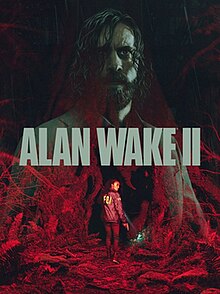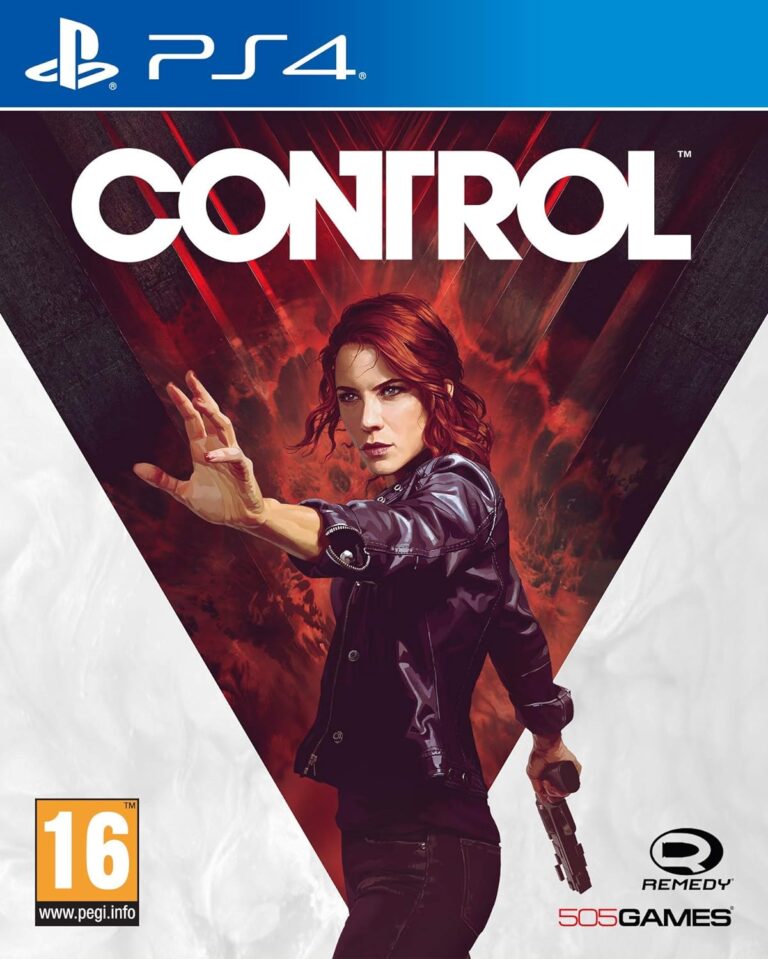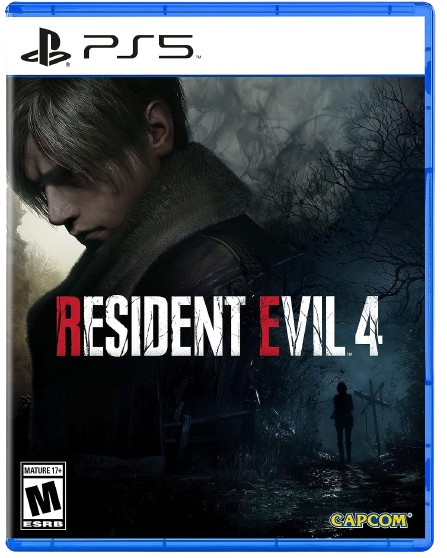Remedy’s means finally meet their grandest ambitions in a genre-bending masterwork of survival horror.
Alan Wake 2 review: A medium-melding masterclass worth the wait
Reviewed on PlayStation 5.
Alan Wake 2 is sequel so long in the works that even its highest highs feel a little overshadowed by the sheer unlikelihood of its own existence.
Released in 2009, the original Alan Wake was a spooky send-up of Stephen King and David Lynch that played just fine but ended in a way that gave you plenty of questions to chew on. It sold well enough to be considered a cult classic, but poorly enough to give potential publishers pause.
The development of that first game was famously troubled and while the sequel has finally dredged itself out of development hell, Remedy’s triumphant trek back to Bright Falls took its fair share of detours. Thirteen years, two DLCs, multiple reported reboots, countless teases and one American Nightmare later, Remedy’s renegade writer is back in town and this time he’s brought a few friends.
Picking up thirteen years after the first game’s infamous cliffhanger ending, players take control of FBI Agent Saga Andersen as she investigates a series of supernatural occurrences in the small American town of Bright Falls. You’ll interview witnesses, gather evidence and construct a metaphorical web of post-it notes connecting these clues in your Hannibal-inspired mind palace.
As the broader mystery here begins to unfold, this initially narrow scope quickly widens. Before long, you’ll step back into Alan Wake’s shoes as he navigates a nightmarish and surreal version of New York City that echoes the one seen in Remedy’s Max Payne games. Writ large, Alan Wake 2 is built around this double act. While Alan doesn’t have access to a mind palace, he can rely on his own abilities to devise new revisions of the world around him. As you collect new plot threads and light sources through exploration, you’re able to use them to change the scenery around you to reveal new paths, secrets and solutions.
Alan Wake 2 divides the action pretty equally between these two main storylines and while they do eventually intertwine towards the end, you’re mostly free to jump between them and move the story forward in whatever order you prefer.
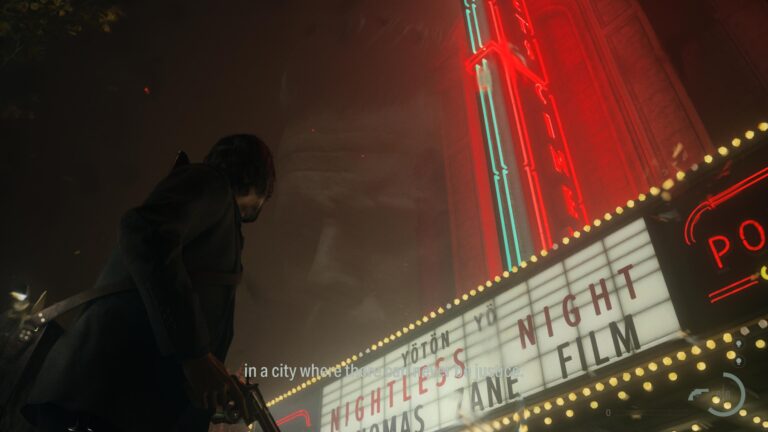
More than just telling the next chapter of the story though, Alan Wake 2 takes many of the mixed-media ideas that Remedy has been experimenting with and deploys them in a way that elevates what’s here from a surprisingly well-thought-out video game narrative to something else entirely. The game often seamlessly snaps between live-action and in-game cut-scenes and every little nugget of narrative matters here, from the in-game ads to the manuscript pages scattered around the world to the music that plays on the radio.
Alan Wake 2 is far from the first game to reward you with lore for taking your time to explore the richly rendered environments on display. Control was especially good at this, and this follow-up is even better at it. Remedy are at the top of their game when it comes to making those piecemeal prizes feel worth the detour from the golden path. I'm typically someone who flies along the critical path when they play games with the kind of cinematic bent that Alan Wake 2 has, but I quickly found myself pixel hunting here in a way that I haven't in years.
A key part of this is the way that Alan Wake 2 weaves together dozens of loose ends, familiar faces and easter eggs from across the Remedy back catalog. In some respects, I can think of no higher compliment to pay the developer's latest game than to say that it made me think more about the characters and world of Quantum Break than playing that game ever did.
All of this is to say that Remedy has always had a clear vision for the ambitious boundary-pushing stories it wants to tell but Alan Wake 2 is the first time it feels like both the technology involved and the studio’s ability to execute on it have caught up to that verve. If Remedy's first romp with the titular character was something of a homage to Twin Peaks, the second takes direct inspiration from The Return in ways that are sometimes a little obvious but often delightful.

Ahead of its release, Remedy was very explicit about that Alan Wake 2 would veer far closer to the likes of survival horror games like Silent Hill and Resident Evil than its predecessor did. That’s true when it comes to tone as well as combat.
It might be a modern classic, but that first Alan Wake was very of its time. Even in its newly remastered form, the combat in it could often feel like a bit of a grind. The gunplay in the sequel keeps the same fundamentals – melting the shadows away from an enemy before blasting away at them to finish them off – but adds much-needed depth with novel weapon upgrades that change the way you approach fights and new enemy types that offer a more nuanced challenge and keep you on your toes.
Remedy have even managed to hit the sweet spot when it comes to ammo scarcity. You’re rarely entirely without and there is a stash system that allows you to bank unused items that can't fit in your inventory, though even frugal players and completionists will struggle to reach a level of excess where they can spend ammo entirely without anxiety.
The structure of Alan Wake 2 also skews in that survival horror direction. The result isn’t quite as open-ended as the map in Control, but it’s a radical improvement on the linear levels found in the original Alan Wake.
Both Saga and Alan get a mix of larger open environments and smaller dungeon-like ones to explore. Each of these locations has a mix of main areas, but plenty of optional nooks and crannies worth returning to once you finally track down that wayward set of bolt-cutters.
It helps that there’s a lot more variety in Alan Wake 2 than there ever was in the first game. Sure, you’ll spend a fair amount of time traversing the lagoons and overgrown parklands around Caldron Lake, but you’ll also spend plenty of time in places like a sketchy coffee-themed amusement park. Saga's more-grounded sequences often serve as a nice contrast to the eerie and art deco-draped destinations that Alan encounters, making both halves of the adventure feel distinct enough that I never felt like one was more important or interesting than the other.
As with the original Alan Wake, the story itself is segmented into episode-like parts across both timelines. These installments even end with a nice interstitial section set to music, which helps provide an easy entry or exit point as you chip away at the meaty single-player campaign here.
I managed to hit most (but certainly not all) of the side content and reach the credits in something like twenty-two hours. Annoyingly, there's currently no new game plus (Remedy say this is coming in a post-launch update) nor is there an elegant way to pick up the collectibles you missed the first time around beyond just loading up an older save.
In any case, I doubt those sticking the critical path will save that much time though. If you’re not playing Alan Wake 2 in a way that lets you soak up and luxuriate in the delicious atmosphere and immaculate vibes that Remedy has spent the better part of the last decade learning to craft, why are you even playing it at all?
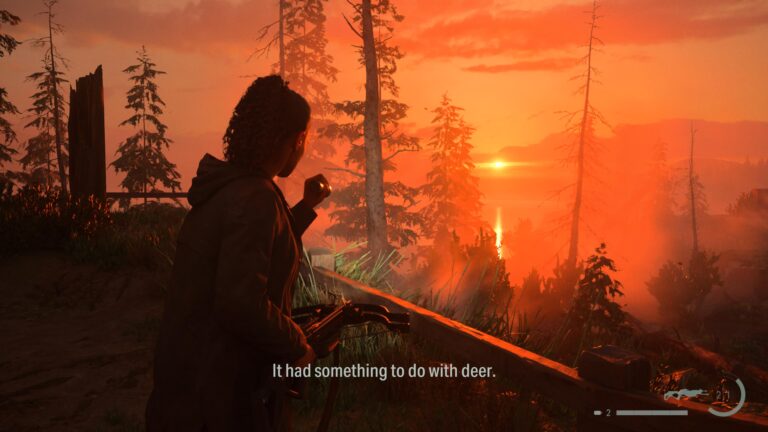
Is Alan Wake 2 worth the money?
Remedy’s follow-up to its first foray into survival horror is ridiculously good on all fronts. Alan Wake 2 is bizarre, bold, brilliantly crafted and beyond anything else you’ll play this year.
If the first Alan Wake inspired a generation loyal enough to wait this long for a sequel, I can’t imagine what a sequel that over-delivers in the way that this one does.
*Pricing and deals only accurate as of last page update.
Related Articles





